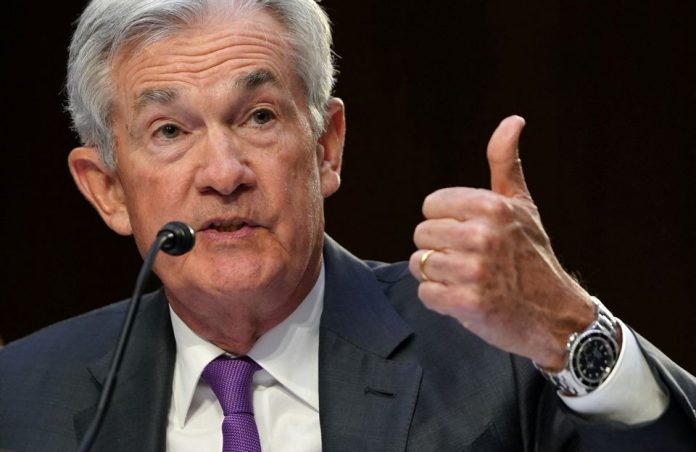The American economy grew faster than expected in the second quarter, leading the Federal Reserve to raise interest rates once more in an effort to slow inflation.
Although analysts no longer believed the second quarter would result in a recession, expectations for the period still trended below 2% growth. However, the Bureau of Economic Analysis estimates the economy expanded at a rate of 2.4% over the course of April, May and June, slightly faster than in Q1. This gain was largely driven by increases in consumer spending, which has remained steady in spite of financial headwinds stemming from the COVID pandemic and an early-year banking crisis.
While this growth indicates that the economy has continued to recover, increases in GDP often come with the side effect of inflation, which has continued to outpace the Federal Reserve’s target rate of 2%. As a consequence, the bank raised interest rates by 0.25% in its 11th consecutive hike since last March. After meeting on Wednesday, Fed officials reiterated that “inflation remains elevated,” with Chair Jerome Powell hinting at the possibility of further upward adjustments later in the year. “At the margins, stronger growth could lead over time to higher inflation, and that would require an appropriate response for monetary policy.” The current rate is now at its highest point since 2001.
The economy has taken a convoluted path to recovery, making it difficult to accurately forecast the car market’s direction. Supply and demand fluctuations have steadily pushed vehicle prices up, creating an affordability crisis that has forced lower-income buyers to exit the market. However, Cox Automotive chief economist Jonathan Smoke believes that the car business is beginning to stabilize thanks to renewed production and improving dealership inventories. “Recent trends point to a calmer and more predictable auto market in future months compared to the road traveled in recent years,” he writes. “With the auto market returning to more balance, we should see small and predictable changes in sales in the months ahead, along with less news about big changes in vehicle prices.”



